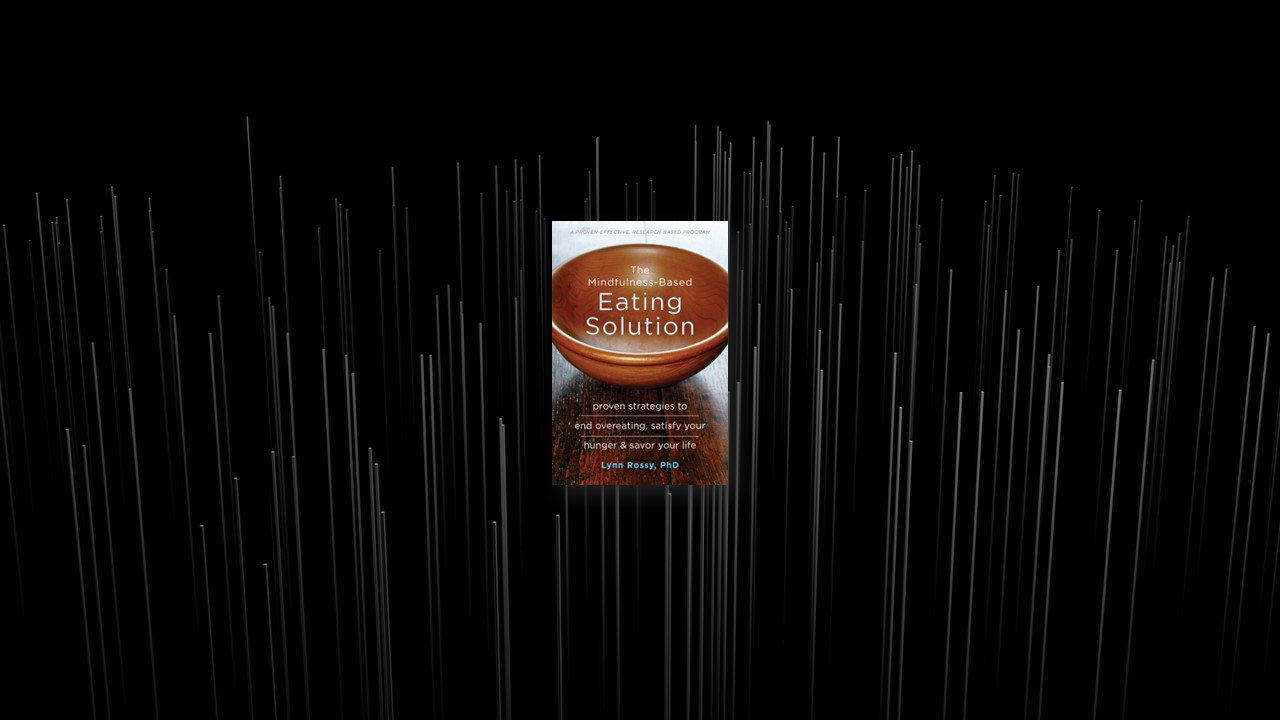Diets Don’t Work
It is easy to be attracted by promises of amazing results in thirty days, the diet that a friend is trying, or a claim that you’ll be smarter, stronger, and happier with a particular product. You intuitively know the results you seek are going to take some time and effort, but you still hold out hope for the quick fix. The secret hope is you will melt down to your perfect shape or have a healthier body and it’s all going to happen quickly and easily. But, let’s be honest with each other. If any of the diets you’ve been on had been successful (however you define that), would you really be reading this book?
Diets, in particular, have done very little to help people lose weight or curb anyone’s appetite. At least that’s what the statistics say. America’s obesity rates are among the highest in the world. Millions of people are on diets, yet two thirds of US adults are overweight or obese and these numbers and waistlines are continuing to grow (Ogden et al. 2014). There is a multibillion dollar global weight-loss industry banking on the fact that you’ll need its diet products for a long time.
Why Diets Don’t Work
So, why don’t diets work? First, diets overly restrict the kinds of food or how much food you can eat, so you would never be able to continue to eat this way in the long term. Eating a limited variety of food or consuming deathly low calorie counts will help you lose weight while you’re on the diet, but when you go off of it and start eating as you normally do (which you will), you gain the weight back. This is the yo-yo dieting I talked about earlier.
Second, research demonstrates that after a calorie-restricted diet, you not only will start eating as you did before, but will probably eat more. In the often-cited Minnesota Starvation Experiment, when participants were allowed to eat whatever they wanted after being restricted, they had insatiable appetites yet never felt full, and these effects continued for months afterward (Keys et al. 1950). Further, after six months of a “semi-starvation” diet (1560 calories), participants demonstrated marked depression, irritability, intense preoccupation with thoughts of food, a decrease in self-initiated activity, loss of sexual drive, and social introversion.
Third, what happens when you tell yourself you can’t have something to eat? You want it! Right? And when you finally have it, you’ll have a lot of it. Oftentimes you’ll eat your forbidden food alone and in secret while no one is watching. You’ll gobble it down as fast as you can so nobody sees you. You’ll have to have a lot of it because you tell yourself you’re never going to have it again.
Mindfulness Defined
The often-cited definition of mindfulness by Jon Kabat-Zinn (1994, 4), who pioneered the field of mindfulness-based programs decades ago, is “paying attention in a particular way: on purpose, in the present moment, and nonjudgmentally.” This moment-to-moment process has been theorized by Shapiro and colleagues (2006) to have three fundamental building blocks, or core components, that occur simultaneously:
“On purpose,” or intention
“Paying attention,” or attention
“In a particular way,” or attitude
Practicing Mindfulness
Although it’s estimated that we only live in the present a small percentage of the time, the good news is that we can strengthen our ability to be here more often. There are specific ways of learning the skill of mindfulness and how to put it to use in your life. A purely intellectual understanding of mindfulness will never reap the benefits of first-hand experience.
Just as with anything you want to get good at, you have to practice it. If you want to cook well, you need to experiment and practice with different kinds of foods and spices. If you want to run a marathon, you have to run regularly. If you want to learn how to play the piano well, you have to practice your scales and musical pieces. If you want to be in the present more often, there are formal and informal ways of improving this as well.
BASICS of Mindful Eating
Now that you know a little bit about mindfulness, we are going to take that knowledge and apply it to eating. BASICS is an acronym for a complete set of guidelines that walk you through the eating process from beginning to end. They will teach you how to be present with food and your body before you eat, while you’re eating, and as you determine when to stop eating. These are not rules, and it would be foolhardy to think you could follow them perfectly all of the time. However, practicing the BASICS will change the way you eat forever and for the better—training you how to eat for pleasure and health. They will be your touchstone for the rest of your eating life.
BASICS stands for:
- B—Breathe and belly check for hunger and satiety before you eat
- A—Assess your food
- S—Slow down
- I—Investigate your hunger throughout the meal, particularly halfway through
- C—Chew your food thoroughly
- S—Savor your food
B—Breathe and belly check for hunger and satiety before you eat
First, take a few deep breaths and relax the body. As you’re doing this, check in with your belly. Are there sensations of physical hunger? How hungry are you? What are you hungry for? Is there a particular type of food you’d like to have? You might want food. You might be thirsty. You might be hungry for something entirely different from food (e.g., walking, stretching, more deep breaths, relief from stress). Listen to what your body is telling you. General rule: eat when you’re hungry; don’t eat when you’re not hungry.
A—Assess your food
What does it look like? Notice the colors of the food. Does it look appealing? What does it smell like? Where does it come from? Is it a food you can recognize (e.g., natural and unprocessed), or is it so highly processed you don’t know what it is? Is this the food you really want? You don’t have to take a lot of time with this. A brief pause to assess your food can give you lots of information about it. As you take your first bite and continue to eat, reassess your food to see whether your first impressions were correct and whether you really want to keep eating.
S—Slow down
Slowing down while you are eating helps you be aware of when you’re getting full and when the body’s physical hunger is satisfied. Slowing down can help you enjoy your food more fully. Simple methods to help you slow down include putting down your fork or spoon between bites, pausing and taking a breath between bites, and chewing your food completely. If you are eating with others, try talking and listening without having your eating utensil constantly in hand and notice how it changes the pace of the meal.
I—Investigate your hunger throughout the meal, particularly halfway through
To be a mindful eater, it is important to be aware of your distractions and to keep bringing your attention back to eating, tasting, and assessing your hunger and satiety throughout the meal. In particular, if you bring an investigative awareness to your meal when you are halfway through, you may discover you are no longer hungry even though there is still food on your plate. You may discover you no longer find the food appealing. Give yourself permission to stop or to continue based on how hungry you are, not on old rules like “you need to clean your plate.”
C—Chew your food thoroughly
Pay attention to the multitude of sensations available to you as you chew your food. Notice the variety of tastes registered inside your mouth and whether you enjoy what you’re eating. Notice what happens to the food as you chew. How long does it take to thoroughly chew your food before you swallow it? As you continue to chew and swallow, can you sense digestion beginning to occur and hunger beginning to dissipate? Chew each bite thoroughly before you move on to the next.
S—Savor your food
Savoring your food means taking time to choose food that you really like and that would satisfy you right now—food that honors your taste buds and your body. Savoring your food happens when you are fully present for the experience of eating and the pleasure that it can bring. Your attention rests on the complete range of sensations available in each bite. If you really like it, experience the joy of savoring. If you can’t savor it, why eat it?
Practicing with the BASICS
You can choose one of the BASICS to work with or work with them all at once. Follow them as best you can and as often as you can, knowing that there will be times when it will be next to impossible to eat this way. Write down the BASICS and put them on your computer, on your mirror, on the dining room table, or in the car; tattoo them on your hand (just kidding!) or put them wherever else you might see them on a regular basis. You might have never given these a second thought before, and finding ways to cue yourself to remember them can be helpful.
Eating mindfully requires the ability to focus, maintain your attention, and keep bringing your attention back to eating when you notice that your mind has wandered. Every meal might not get your full attention, but try to eat one meal or one snack mindfully every day. Even eating a few bites mindfully can help break the habit of mindless eating. Every time you eat can be a new discovery. Your consistent practice will reap benefits over time.


